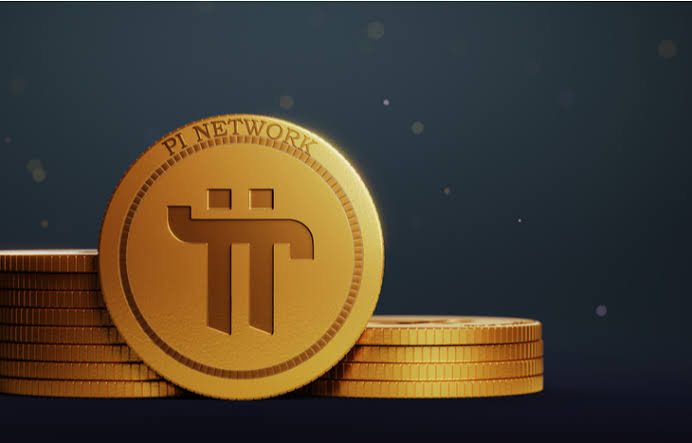The advent of blockchain technology has revolutionized the financial landscape, introducing decentralized systems that promise efficiency, transparency, and inclusivity.
One such blockchain initiative gaining traction is the Pi Network, which has garnered millions of users globally even before its official mainnet launch.
As Pi coins transition from a test phase to active circulation, understanding their potential real-world applications becomes pivotal. This article delves into possible use cases for Pi coins post-launch, focusing on payments, decentralized applications (DApps), and staking.
1. Pi Coins as a Payment Method
One of the primary applications of any cryptocurrency is its role in facilitating transactions. Pi coins are no exception, and they hold significant promise in this regard.
a. Peer-to-Peer (P2P) Transactions
Pi coins can simplify peer-to-peer payments by offering a low-cost, decentralized alternative to traditional banking systems. This feature is especially relevant in regions with limited access to banking services, where Pi Network users can exchange value seamlessly without intermediaries.
b. Retail Payments
As cryptocurrencies become more mainstream, Pi coins could serve as a medium of exchange for retail transactions. Merchants worldwide, particularly in tech-savvy markets, may start accepting Pi coins for goods and services.
The network’s vast user base provides an immediate audience for such integrations, making Pi coins an attractive option for businesses looking to tap into this ecosystem.
c. Cross-Border Transfers
Traditional remittance services often incur high fees and delays, creating a demand for blockchain-based solutions. Pi coins could disrupt this space by enabling fast and cost-effective cross-border transactions, particularly in regions like Africa and Southeast Asia, where remittances play a crucial economic role.
2. Powering Decentralized Applications (DApps)
Pi Network’s blockchain infrastructure opens the door for developers to create and deploy decentralized applications (DApps) using Pi coins as their native currency.
a. Gaming and Entertainment
The integration of Pi coins into gaming platforms could enable players to earn and trade virtual assets securely. Similarly, content creators in the entertainment industry could use Pi coins to monetize their work, bypassing traditional platforms and intermediaries.
b. Decentralized Finance (DeFi)
DeFi has emerged as a major trend in the blockchain space, offering services like lending, borrowing, and yield farming without the need for traditional financial institutions. Pi coins could be integrated into DeFi platforms, allowing users to participate in these activities while earning rewards.
c. Marketplaces
Pi Network could host decentralized marketplaces where goods, services, and digital assets are traded. Pi coins would serve as the primary currency, facilitating transactions and encouraging ecosystem growth.
3. Staking and Rewards
Staking has become a cornerstone of many blockchain ecosystems, offering users a way to earn passive income while contributing to network security and operations.
a. Securing the Network
Post-launch, Pi Network may adopt a staking mechanism where users lock up their Pi coins to validate transactions and secure the blockchain. This approach not only incentivizes active participation but also ensures network stability.
b. Earning Passive Income
By staking their coins, Pi holders can earn rewards in the form of additional Pi coins. This feature could attract long-term investors and create a stable user base committed to the network’s success.
c. Supporting Ecosystem Growth
Staked Pi coins could also fund development projects within the ecosystem, encouraging innovation and expanding the use cases for Pi coins.
4. Integration with Existing Financial Systems
Beyond standalone use cases, Pi coins have the potential to integrate with traditional financial systems, bridging the gap between fiat and crypto.
a. Payment Gateways
Payment gateways that support Pi coins could allow users to convert their holdings into fiat currency instantly, making it easier for businesses to accept cryptocurrency payments.
b. Debit and Credit Cards
Pi coins could be linked to crypto debit cards, enabling holders to spend their coins at any location that accepts traditional card payments.
Challenges and Considerations
While the potential use cases for Pi coins are vast, their success depends on overcoming several challenges:
- Scalability: Ensuring the network can handle a growing user base and transaction volume.
- Regulatory Compliance: Navigating the complex legal landscape surrounding cryptocurrencies.
- Adoption: Convincing businesses and consumers to embrace Pi coins in everyday transactions.
Conclusion
Pi coins hold immense potential to transform how individuals and businesses interact with digital currencies.
From facilitating low-cost transactions and powering DApps to enabling staking opportunities, the possibilities are vast. However, the network’s success hinges on its ability to address scalability and adoption challenges while maintaining trust within its growing community.
As the Pi Network matures, it will be exciting to witness how these use cases evolve and contribute to the broader blockchain ecosystem.
For users, developers, and businesses alike, the Pi Network represents a unique opportunity to shape the future of decentralized finance and applications.
Also Read
Is Big Lots going out of business? A closer look at the retailer’s current status
Bonk coin vs. other meme coins: Is it here to stay?

